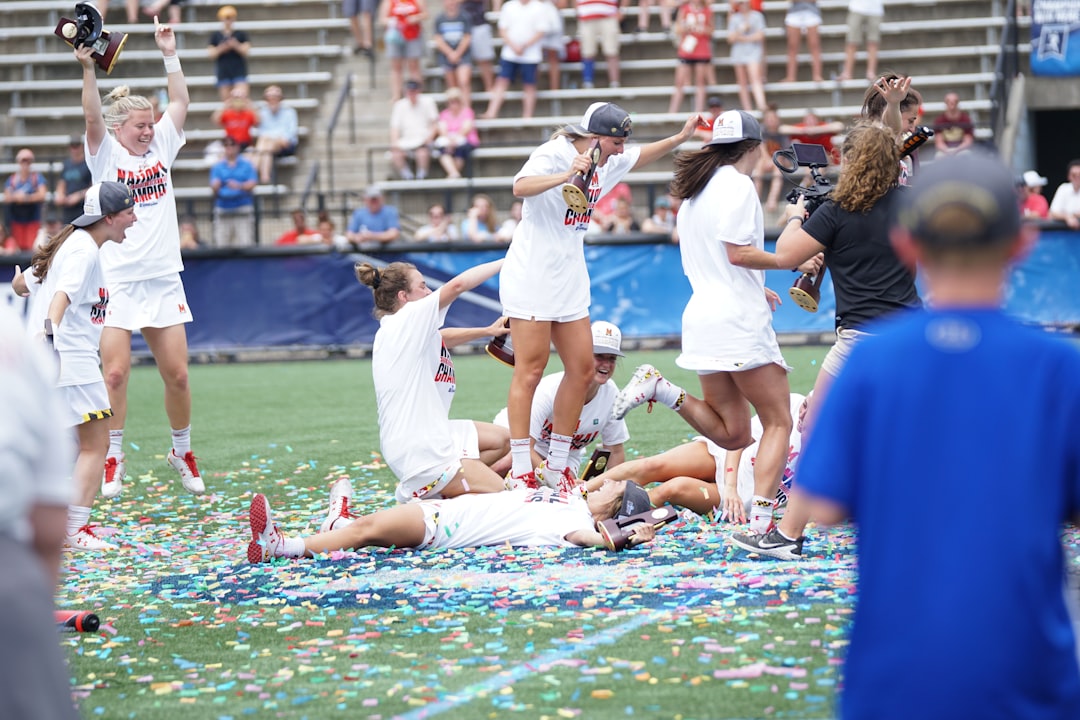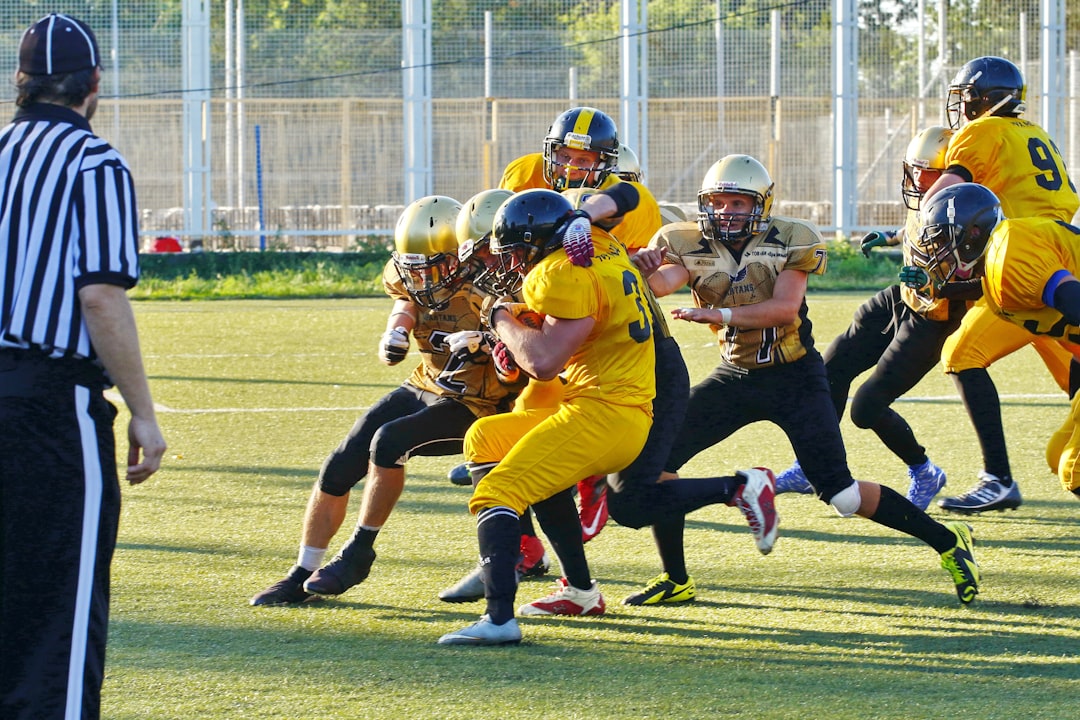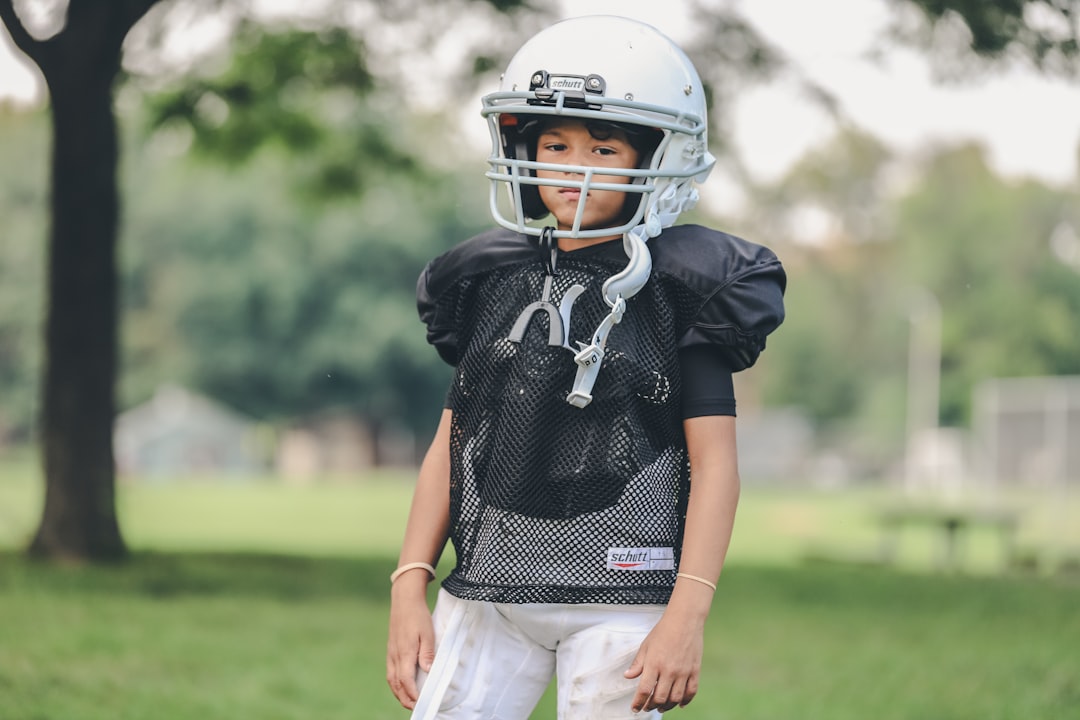Football is a high-impact sport that demands both strength and strategy. While helmets, pads, and cleats are standard protective gear, one piece of equipment often overlooked by many players—especially newer or younger athletes—is the football back plate. Designed to protect the lower spine and kidney area, this seemingly small addition can play a significant role in enhancing both safety and comfort on the field.
Understanding What a Back Plate Is
A back plate is a padded protective accessory that attaches to the lower back portion of a player’s shoulder pads. Typically used by skill position players like running backs, linebackers, and wide receivers, back plates are intended to provide extra cushioning and reduce the risk of injuries from tackles or accidental hits to the lower back area.
Constructed using high-impact foam or other shock-absorbing materials, back plates are designed to flex with the player’s movement while offering a first line of defense against impacts. Many come with ventilation holes, lightweight designs, and adjustable straps for a customized fit.
Key Benefits of Wearing a Football Back Plate
There are several compelling reasons why football players at all levels should consider the addition of a back plate to their gear:
- Enhanced Protection: The primary function is to protect the lower back and spine, one of the more vulnerable areas on the field, especially during high-speed collisions.
- Injury Prevention: A well-fitted back plate can reduce the risk of kidney damage, bruising, and even spinal trauma, safeguarding a player’s long-term health.
- Increased Confidence: Players often report feeling more confident knowing they have full-body protection, allowing them to make plays more fearlessly.
- Customized Comfort: Modern back plates are engineered for comfort, offering adjustable fits that don’t restrict mobility or performance.

Who Should Wear a Back Plate?
While traditionally worn by skill position players, a back plate can benefit a wide array of athletes across the field. Let’s break down who gains the most from this equipment:
- Running Backs: Due to frequent hits and tackles, running backs benefit greatly from the spinal protection back plates offer.
- Linebackers: Constant involvement in impact plays makes this gear essential for defensive players.
- Wide Receivers: When reaching or jumping to catch high passes, receivers expose their lower backs to risks, making plates a good investment.
- Quarterbacks: Though less frequent, sudden sacks or takedowns from the blind side can make a back plate a wise addition.
Even younger or newer players should consider this protective accessory as they hone their skills and get accustomed to the physical nature of the game. It’s also becoming more common in youth and high school leagues where player safety is of increasing concern.
Performance: Can a Back Plate Impact Mobility?
One common concern among athletes is whether adding a back plate will restrict movement or agility. Thanks to advancements in design and materials, modern back plates are lightweight and ergonomically constructed to move with the body. This means players get the benefits of added protection without any noticeable decrease in performance on the field.
Manufacturers consider both aerodynamics and comfort, ensuring that the gear doesn’t flap, shift, or create resistance while running, jumping, or shifting direction. Additionally, many models offer special padding that molds to the player’s body over time for an even better fit.

Aesthetic Appeal and Personalization
Let’s face it—athletes like to look good on the field. Back plates are now available in a variety of colors, styles, and designs that allow players to express some personal flair while staying safe. Some back plates even include inspirational quotes, team logos, or custom prints, making them both functional and fashionable additions to any uniform.
Personalization options not only allow players to showcase their identities but can also help in team branding and morale building. Whether sleek and modern or rugged and no-nonsense, there’s a back plate style suited for every competitive personality.
Installation: Easy and Convenient
One reason some players may avoid back plates is the misconception that they’re difficult to install or maintain. In reality, installing a back plate is straightforward. Most models come with a simple strap-and-bolt system that attaches quickly to the lower rear of shoulder pads.
Installation takes just a few minutes and usually fits most brands of shoulder pads. For players constantly on the go or equipment managers handling an entire team’s gear, the ease of attachment is a major plus.
Cost vs. Value
An important factor for players and parents alike is whether the added cost of a back plate is justified. Prices typically range from $30 to $70, depending on brand and material quality. When compared to the price of other football gear—and the potential healthcare costs or recovery time from an injury—it becomes clear that a good back plate is a smart investment in both performance and protection.
Conclusion
Whether you’re a seasoned athlete or a rookie just stepping onto the gridiron, the importance of full-body protection cannot be overstated. A football back plate is more than just extra padding—it’s peace of mind. With added protection, improved confidence, easy installation, and customization options, there’s almost no reason not to add this vital piece of gear to your kit.
As awareness around injury prevention continues to grow in sports culture, the back plate is becoming increasingly recognized not just as optional, but essential. It’s time for every player to strongly consider adding one to their lineup.
FAQ: Football Back Plates
-
Q: Are all back plates the same size?
A: No. Back plates come in various sizes to accommodate both youth and adult players, and different models may offer more or less surface area. -
Q: Will a back plate fit my shoulder pads?
A: Most back plates are designed to fit standard shoulder pads and include adjustable straps or universal hardware for easy installation. -
Q: Do linemen need to wear back plates?
A: While linemen typically see less direct impact to the lower back, some do opt for back plates for additional protection, especially in trench warfare scenarios. -
Q: Can I remove the back plate when not needed?
A: Yes. Most back plates can easily be removed and reattached, making them a flexible option depending on a player’s needs or game-day situations. -
Q: What materials are best for durability and comfort?
A: High-impact plastic shells with EVA or TPU padding offer a good combination of durability, comfort, and shock absorption. -
Q: Is it allowed in all leagues?
A: Generally, yes. However, players should always check with their specific league or coach to ensure compliance with local rules and standards.
